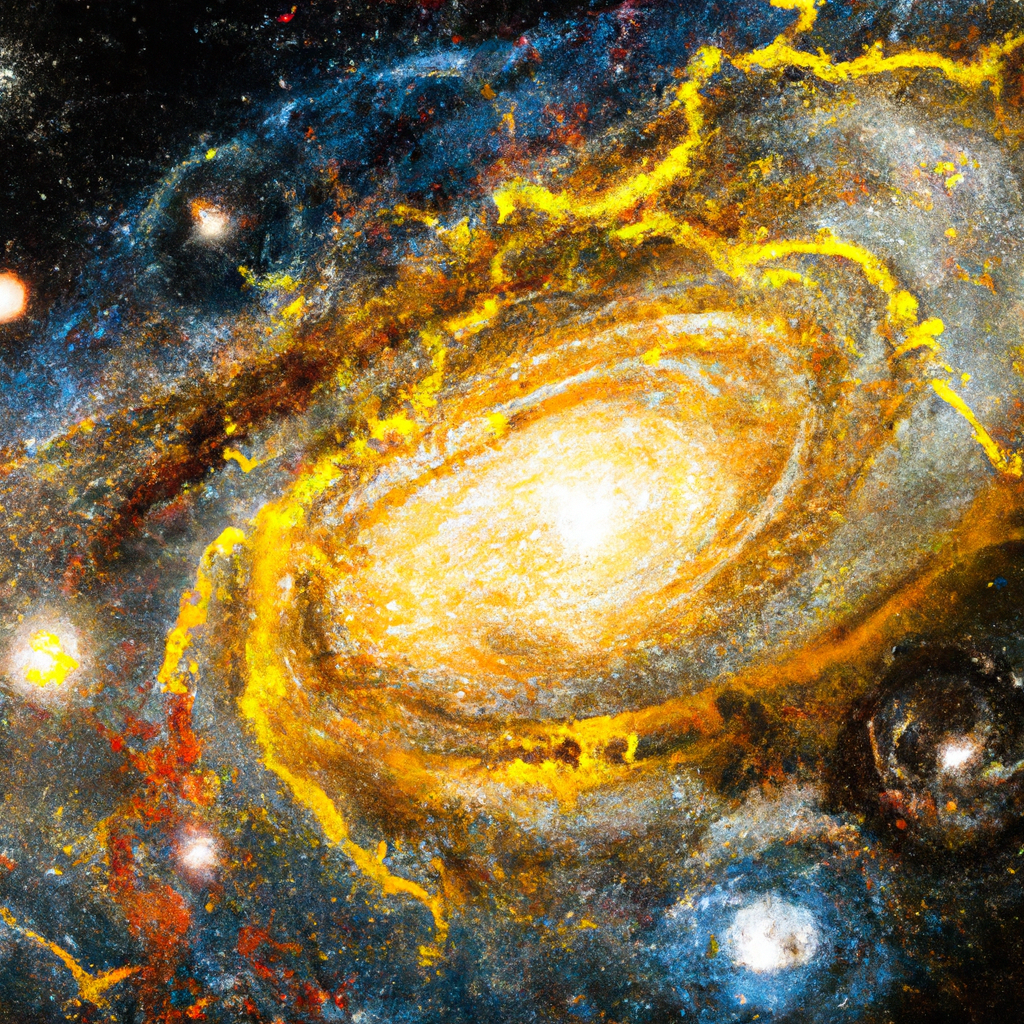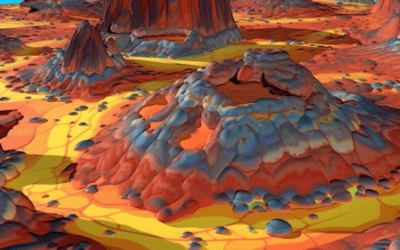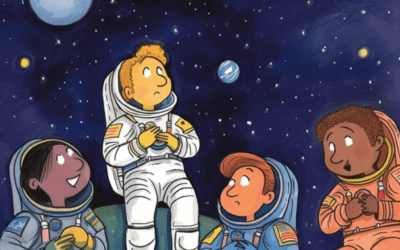In the 1920s, a group of American astronomers, including Edwin Hubble, made a groundbreaking discovery that the universe is continuously expanding. This finding, known as Hubble’s Law, provided evidence for the Big Bang theory and revolutionized our understanding of the cosmos. Through observing the wavelengths of light emitted by distant galaxies, Hubble and his team noticed a systematic redshift, indicating that galaxies are moving away from each other. This led to the realization that the universe is not static, but rather constantly growing and evolving. Hubble’s Law became a foundational principle in modern cosmology and laid the groundwork for further exploration of the universe’s origins and evolution.
When the Moon Meets the Sun: A Cosmic Collision That Spells Disaster
What Would Happen If the Moon Were to Ram Into the Sun? Let's dive into the **scenario** of the moon colliding with our big, bright **star**, the sun. 🌕💥☀️ 1. Size Matters The sun is MUCH bigger than the moon. Imagine a beach ball (sun) vs. a marble (moon)! Despite...












